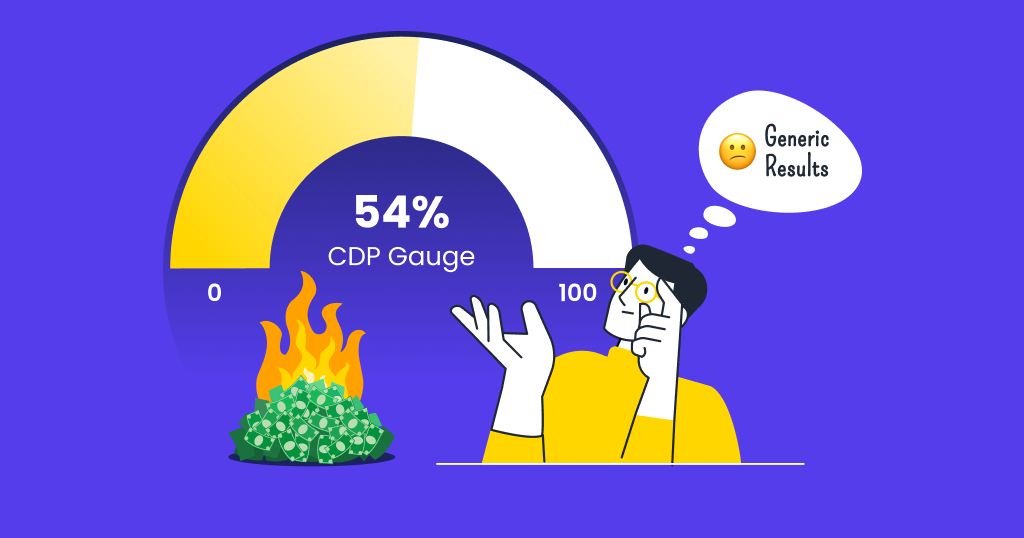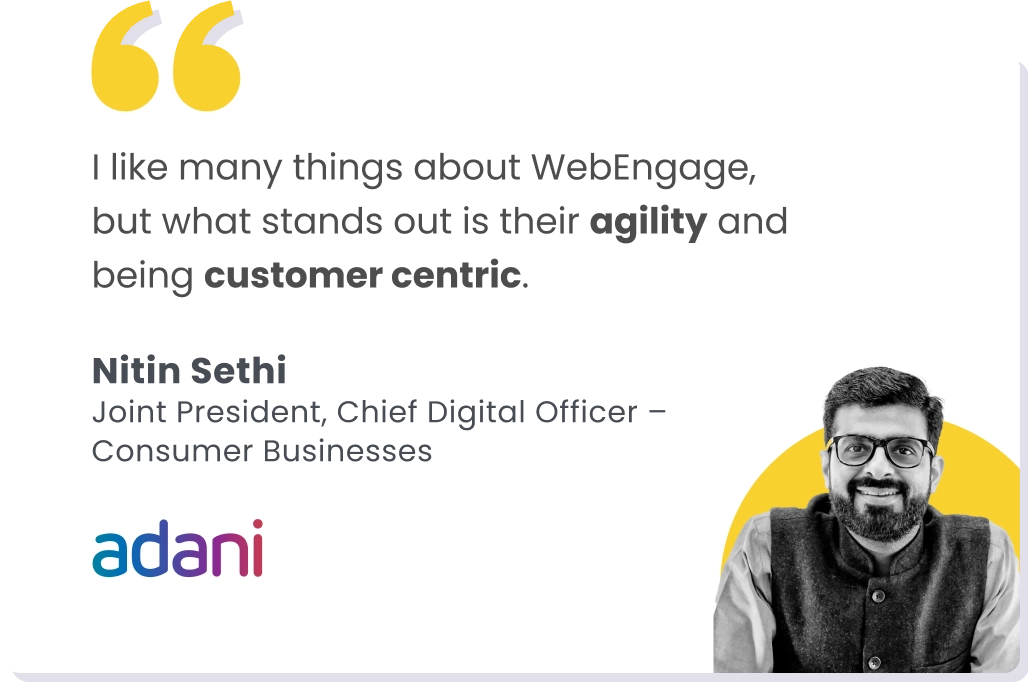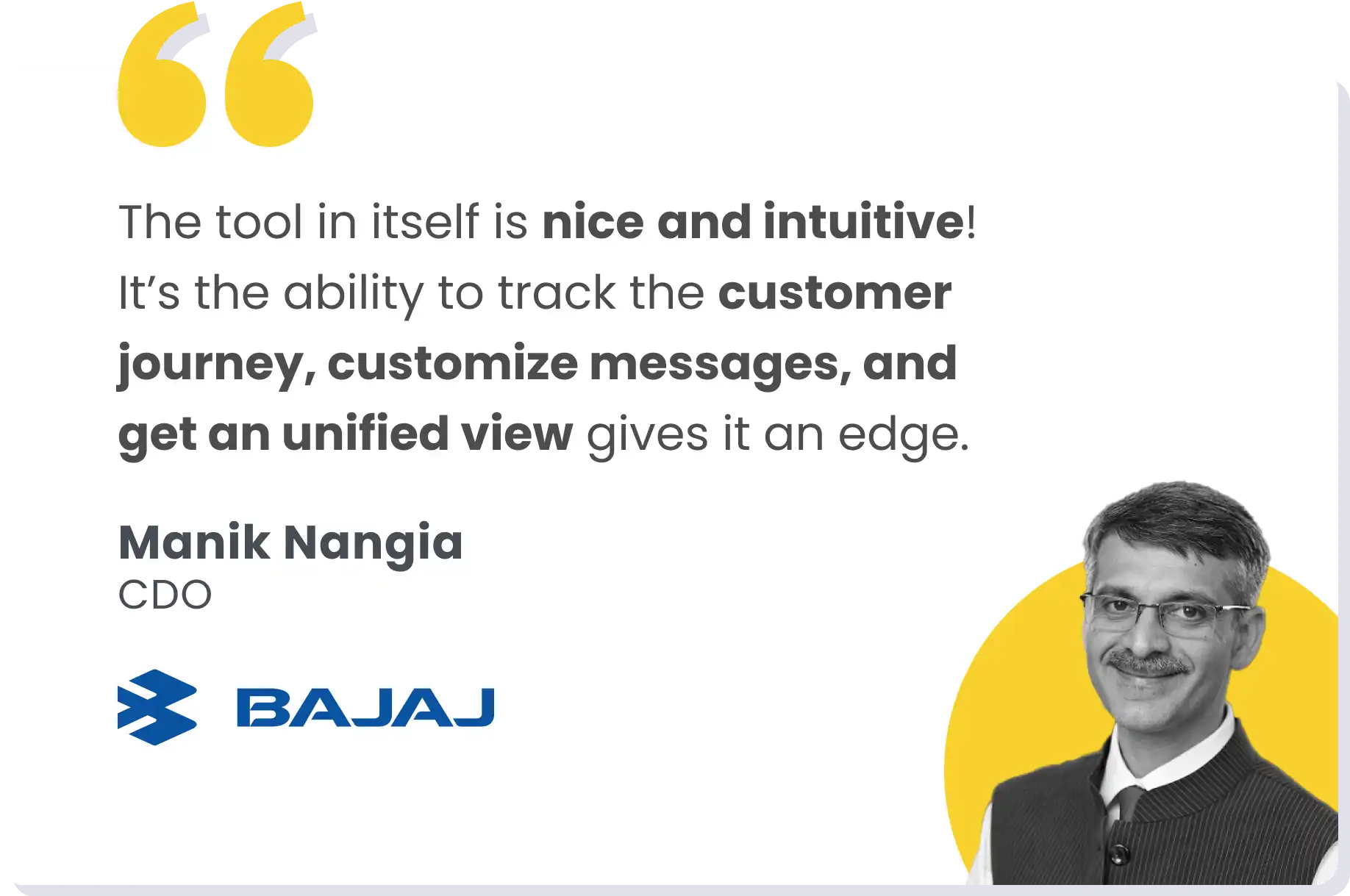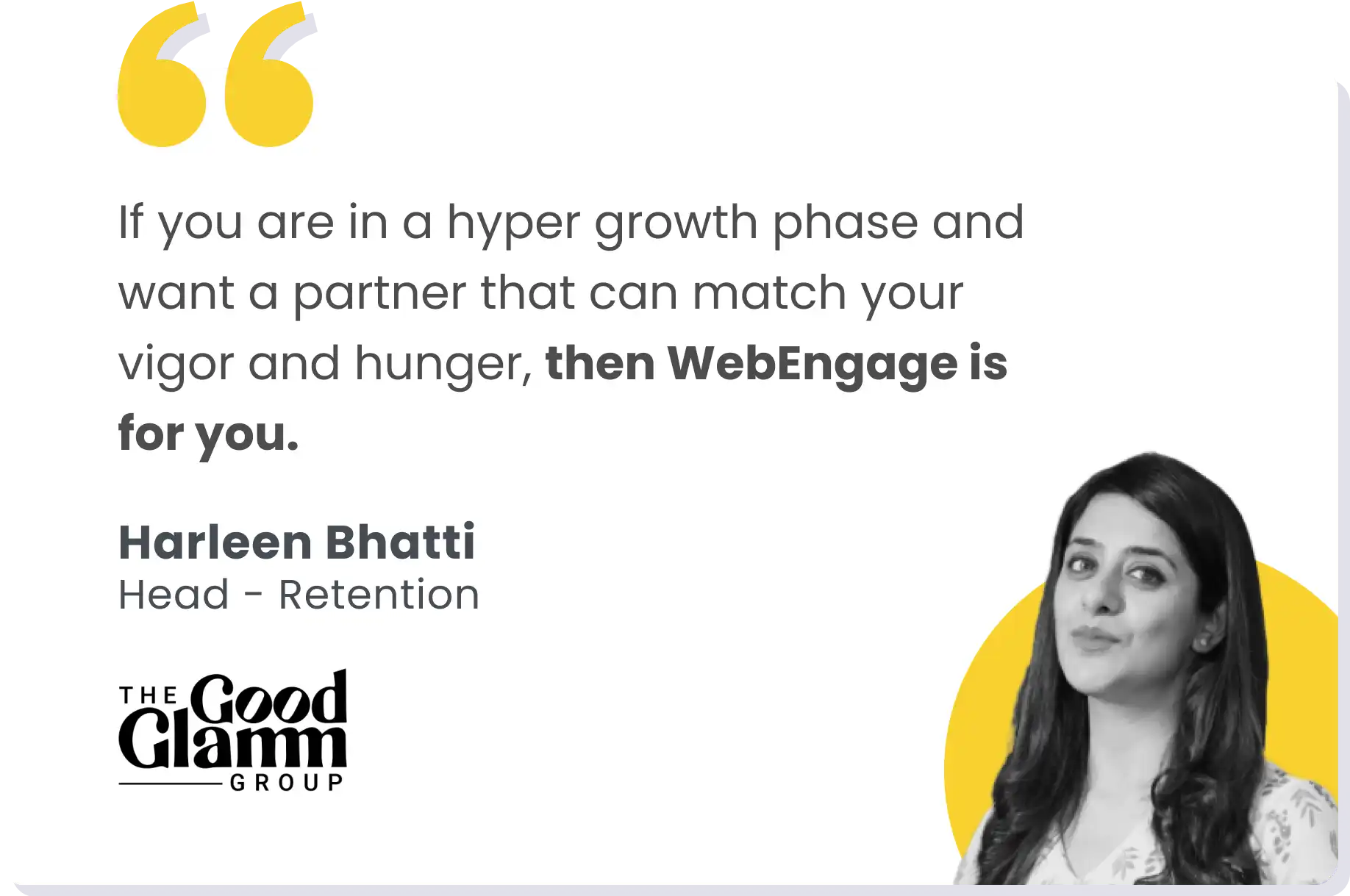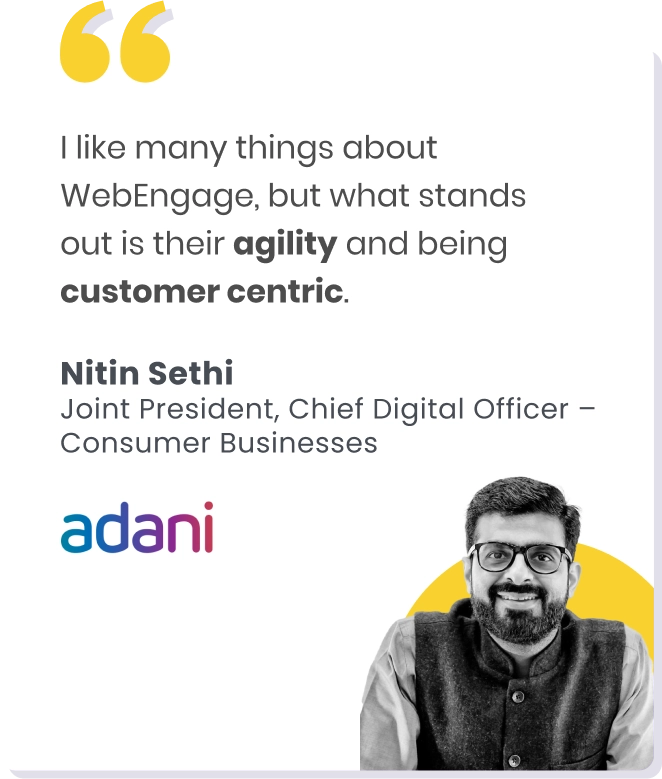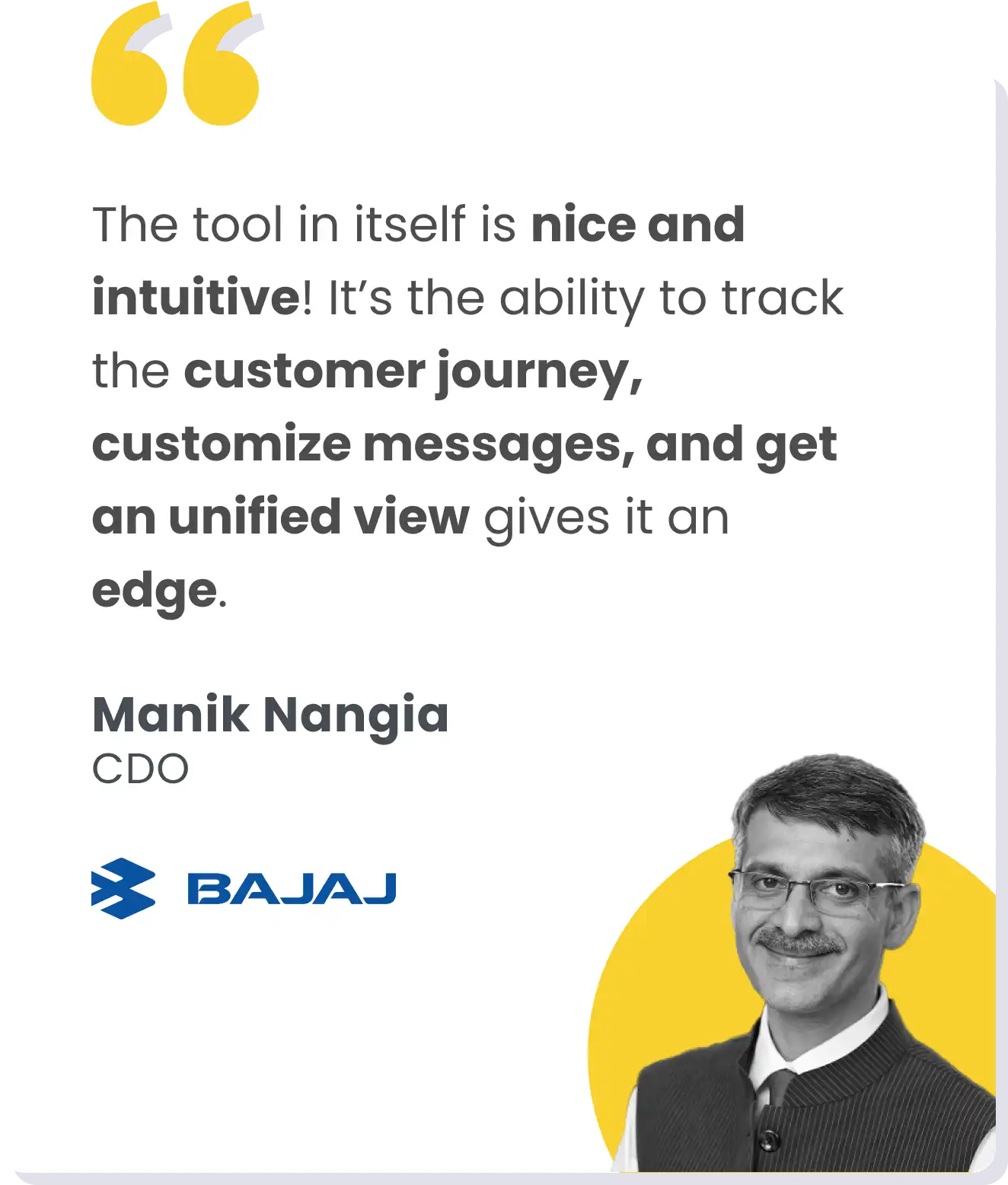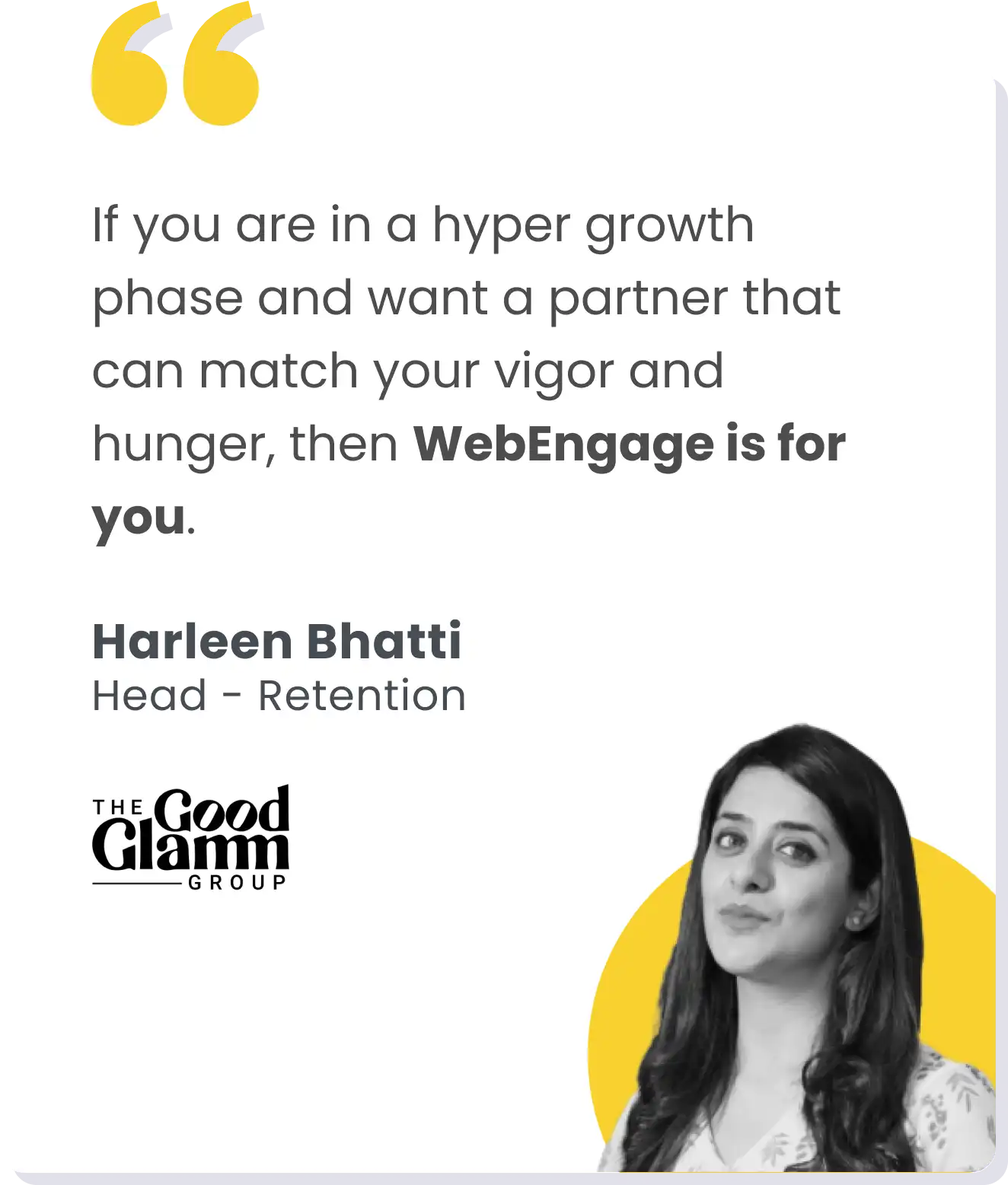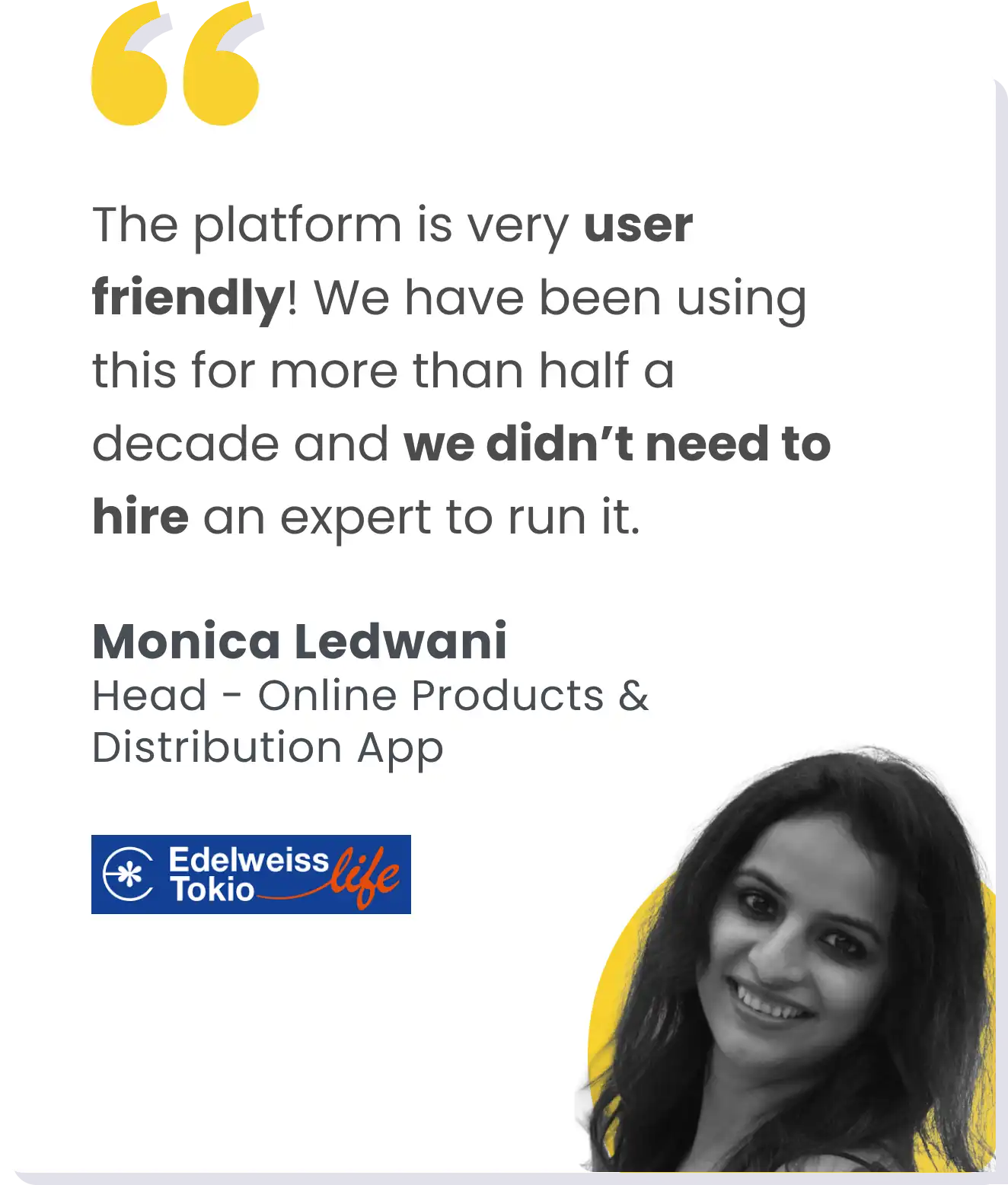You didn’t spend all that money just to keep sending \”Hey {First Name}\” emails.
Yet here we are. Massive CDP, marketing still flying blind. The campaigns look polished, but your high-value users are still dropping off without warning. You’ve stitched identities, wired events, bought all the tech. So why does everything still feel…generic?
The problem isn’t just your stack. It’s how it’s being used—and who’s using it.
The $2 Million Question: Why Is the ROI So Low?
The CDP market is expected to cross $28 billion by 2028. But here’s the reality: most of that spend is getting locked into tools that never fully deliver.
Gartner says only 8% of marketers have a fully implemented CDP. A Tealium report pegs average ROI at $2.90 per $1 spent—but most of that upside? It’s skewed heavily toward the top quartile. Everyone else is barely breaking even.
So when you hear, “Your $2M CDP is generating $200K in value. Your competitor’s $200K stack is generating $2M,” that’s not a dig. It’s what the data shows.
The Three Quiet Killers of CDP ROI
1. Your Data Isn’t CDP-Ready
Unified profiles don’t mean much if they’re stitched from incomplete, unlabeled, or conflicting data. 84% of marketers cite data quality as their top CDP success metric (CDP Institute).
If your CDP is trying to deduplicate records while your backend spits out conflicting user IDs, you’ve already lost the plot. Clean inputs drive clean outputs.
2. Your Team Isn’t Built for Activation
A Segment study showed 84% of CDP users believe their platform supports AI. Only 26% have actually used it for predictive modeling.
Why? Because activation needs more than marketers and dashboards. You need operators—people who understand the logic, the use case, and how to map both to live systems.
3. The CDP Becomes a Reporting Tool
You’ve got unified profiles. But nothing’s triggering off them. No real-time orchestration. No cross-channel logic. Just batch emails and maybe a few audience syncs to ad platforms.
And that’s why the platform feels like a dashboard, not a driver.
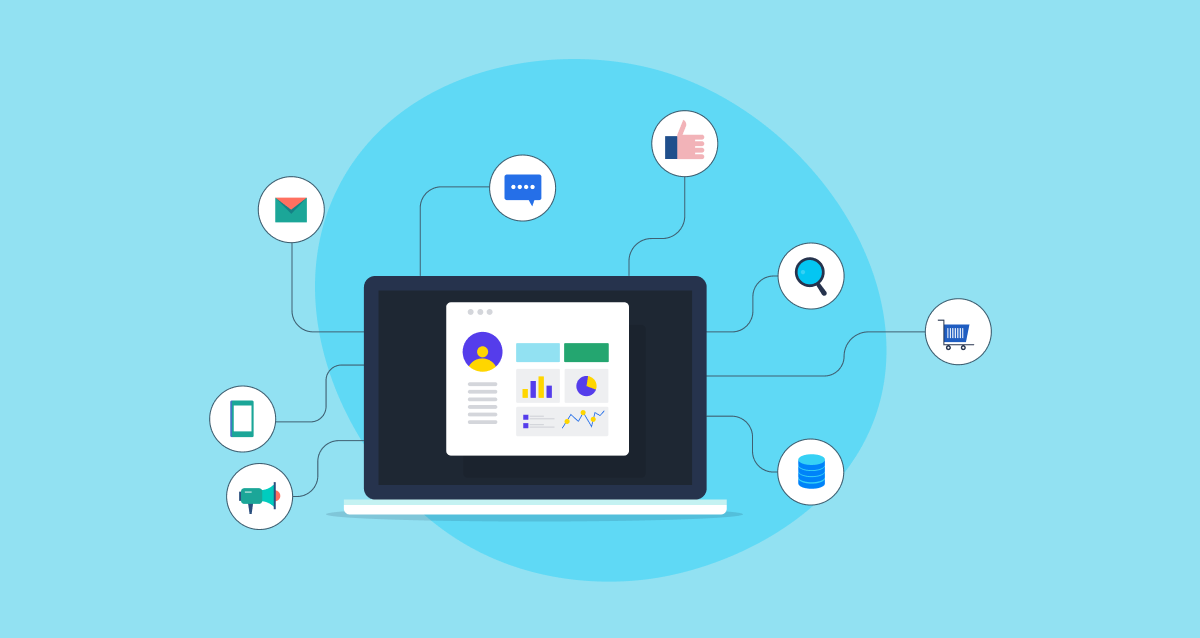
What the Top Performers Do Differently
1. They Don’t Rely on the CDP Alone
The highest ROI setups are built on composable, warehouse-native architectures. They let the data live where it performs best and use the CDP to activate—not to store everything.
2. They Expand Beyond Marketing
The best CDP use cases often come from product, risk, ops, even finance:
- Fraud detection through behavior+transactional blending
- Predictive scoring for credit risk
- Operational forecasting
These teams care about outcomes, not campaign metrics. Which is why they move faster.
3. They Pick a Few Journeys and Go Deep
Instead of chasing every feature, top teams focus on 3–5 high-impact journeys. They wire in the signals, test decisioning logic, and close the loop.
That’s where the real money is.

A Quick Audit for Data Leaders
- Is your data unified and deduplicated?
- Can your CDP trigger real-time actions across email, push, WhatsApp, ads?
- Are teams able to build logic without waiting on engineers?
- Is there a clear business outcome attached to every campaign?
If not, the platform isn’t the problem. Your execution is.
The Composable Shift: Where CDPx Comes In
Most CDPs force you to flatten everything into user-event tables. You lose nuance. Relationships. The actual structure of your business.
WebEngage CDPx changes that. You can:
- Model policies, agents, orders, tests—any real-world entity
- Build segments like “Users with 2+ active policies, bought via Agent X, due for renewal in 15 days”
- Run campaigns and analytics across users and the entities they’re linked to
- Integrate it cleanly into your existing stack, data lake included
It’s composable. Entity-aware. API-first.
And most importantly—it helps your team do something with the data, not just stare at it.
“Most CDP failures I’ve seen don’t stem from the platform—they stem from an underestimation of what it takes to operationalize value. A CDP isn’t a silver bullet. Without clean, unified data and the right engineering and modeling muscle behind it, even the most expensive platforms become glorified data warehouses.”
— Abhijat Shukla, VP – Data Science, WebEngage

The Bottom Line
A CDP is not a silver bullet. The ones who win? They treat data like a product. They build muscle across ops, marketing, and data teams. They align use cases with outcomes.
And when they need more context, more flexibility, and more control—they don’t try to hack a generic CDP into submission. They bring in something built for how their business actually runs.
If your $2M CDP feels like shelfware, this is your signal.
Audit your stack. Audit your use cases. Or better—ask if your teams are making decisions from data, or still just collecting it.
~ With contributions from Abhijat Shukla, VP – Data Consulting Services, WebEngage.
Sources:
https://tealium.com/resource/analyst-report/gartner-magic-quadrant/
https://tealium.com/resource/whitepaper/2025-state-of-the-cdp/
25 Game-Changing Customer Data Platform Statistics You Need to Know
Measuring ROI with AI-Powered CDPs: How to Achieve Quick Returns and Long-Term Success in 2025


